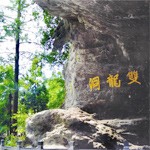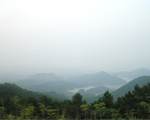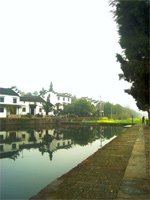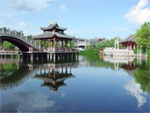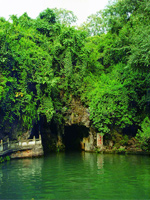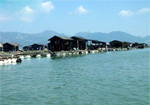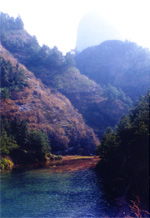The State-Level Shuanglong Scenic Resort
The resort lies in the central Zhejiang province, bordering on Jinhua, Langxi, Pujiang and Yiwu and eight kilometers north of the downtown Jinhua city. A scholar of the Tang Dynasty described the scenic zone as the 36th of the celestial caves and wonderlands across the country in a book that recorded China's sacred mountains. Mount Jinhua, also historically known as Mount Red Pines, is celebrated as a place where a Taoist monk called Red Pines of the Jin Dynasty became an immortal. At 500 meter-1312 meter above sea level, the area measures 79.7 square kilometers, including six sub-scenic zones such as Shuanglong (Double-Dragon) Cave, Huangdaxian, Mount Jianfeng, Dapantian, Cranes, and Youyou Park. The scenic zone is characterized by underground streams, karst caves, and a memorial temple for the Taoist. The state-level mountain resort is a huge attraction for leisure, sight seeing and holiday, and pilgrimages.

 Inquiry Basket (
Inquiry Basket (

